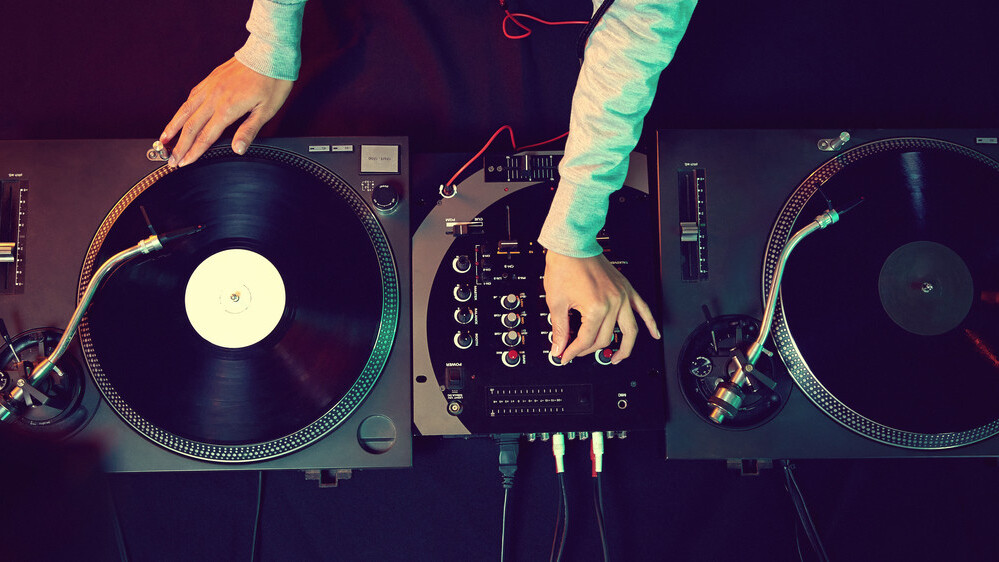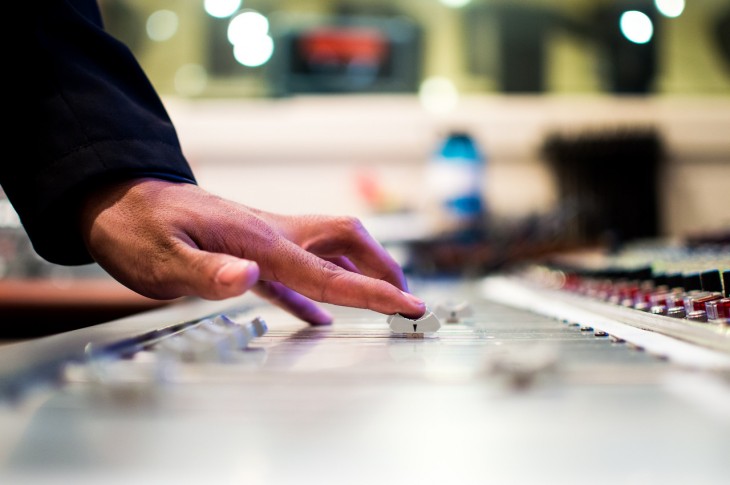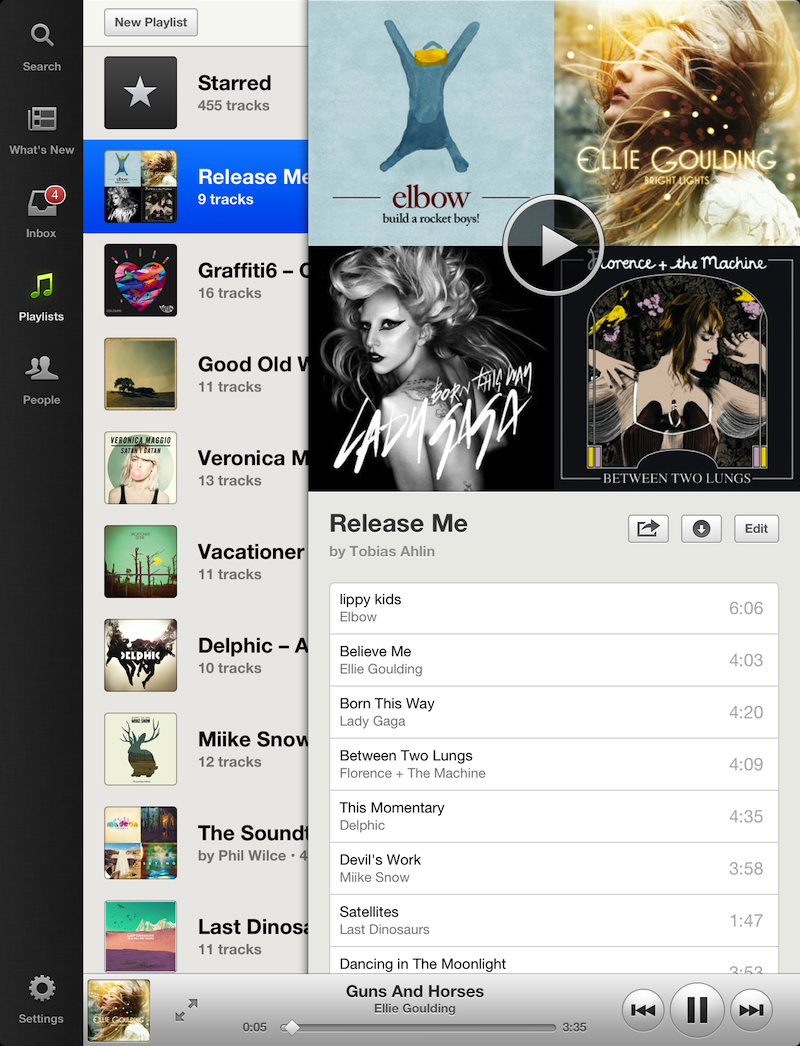
Justin Fowler is the co-founder of Audio Press – a way to consume news and content through audio.
When Pandora Radio launched in January of 2000, it didn’t seem to catch on until that half of the decade. By using algorithms, Pandora was able to make a personalized radio station based on a song or artist of your choice.
Several years later, the formula remains mostly the same, with more technology to create the listening experience possible. But along the way, a trend has resurfaced: human curation.
Yes, much like the mix tapes and CDs of the past, playlists are back in the spotlight. With the launch of Beats Music (part Apple’s recent acquisition), Songza (recently acquired by Google) and similar services, the human curation of music has been given a revival, steering listeners away from selections picked by a computer.
Multiple use cases, one radio
Finding music through personalized radio stations like Pandora and Spotify is an awful way to discover new music. I’ve tried several different options from Rdio to iTunes Radio and have not found an experience I enjoyed and could rely upon to find new music.
Why? People use personal radio stations for various reasons. I’ve used Pandora Radio to play music at a party or get together, yet I expect it to be able to work for discovery, too. Rdio is going in the right direction here; it lets you choose whether you want to listen to the “artist only,” or go full “adventurous,” with a total of five options in that spectrum.
Playlists, on the other hand, typically have a given purpose; they’re grouped specifically to fit an event or function. A playlist allows the listener to get a glimpse into the tastes of the creator(s) of the playlist, instead of the results from lines of code.
Not the way it was meant to be played
There is something to be said about the way that music is played, and in what order. Songza got this part right with its concierge service. Depending on your mood or activity, you are then paired with a playlist that is played in a specific order. It’s not a streaming station that merely picks the next song based on what it thinks you’ll like.
There is a time and place for the shuffle button. But, albums and playlists are typically put in a specific order for a reason, and right now, that’s not something that radio services seem to care about.
Songza, 8tracks and Beats Music have a common focus: human-created playlists. Despite being “low tech” when compared to music algorithms, playlists still offer a listening and discovery experience that feels authentic.
A look into someone else’s tastes
The unique thing about a playlist is how human it is. When you create a playlist, you’re sharing information about yourself. Sharing a playlist allows for others to look into your music tastes and even into your personality.
This connection is what makes following artists on services like Spotify seem more emotionally-invested. You get to hear music that the artists are inspired by, and what they’re currently jamming to at this very moment.
A playlist has a set beginning and end. It is also set in a specific order for the listener. This makes the discovery experience better because you know when you can move on to the next playlist. On a personalized radio, there’s no telling when you’re going to find the “sweet spot,” when it starts playing the songs you like.
Human-curation empowered with technology
With all that said, relying on solely humans to create playlists is not always practical, yet algorithms alone aren’t quite enough. As Tim Cook put it, “Beats doesn’t ask people what they want to listen to. It tells them. That’s curation.”
Spotify and Rdio both have about 20 million songs or more. How can someone possibly be expected to know what they want to listen to out of a sea of songs?
It takes a blend of both algorithms and human curation to find the right music at the right time.
Algorithm heavy services do not get much better when you listen and like/dislike more songs. It even seems that by liking and disliking certain songs, we are “confusing” the radio and taking it in a completely different direction.
A human can see things in a song that an algorithm cannot see. For now.
Context is key for music, and that is where services like Songza and Beats Music are picking up tips from FM radio. These services are essentially using algorithms to help people discover new playlists, instead of discovering new songs. This allows for a marriage of both technology and human curation.
What’s next for music startups
The playlist hasn’t changed in a long time. Right now, it’s just a list of songs that play in order. I think there’s room for music startups to grow if they can make the playlist even better.
The good news for music startups is that the service with the most advanced algorithms won’t necessarily be the best service out there. By building the right community, music startups will be able to thrive by having superior human curators – paid or unpaid.
Don’t miss: Gramofon: a cheap Wi-Fi router that lets you stream Spotify to any speaker
Get the TNW newsletter
Get the most important tech news in your inbox each week.






